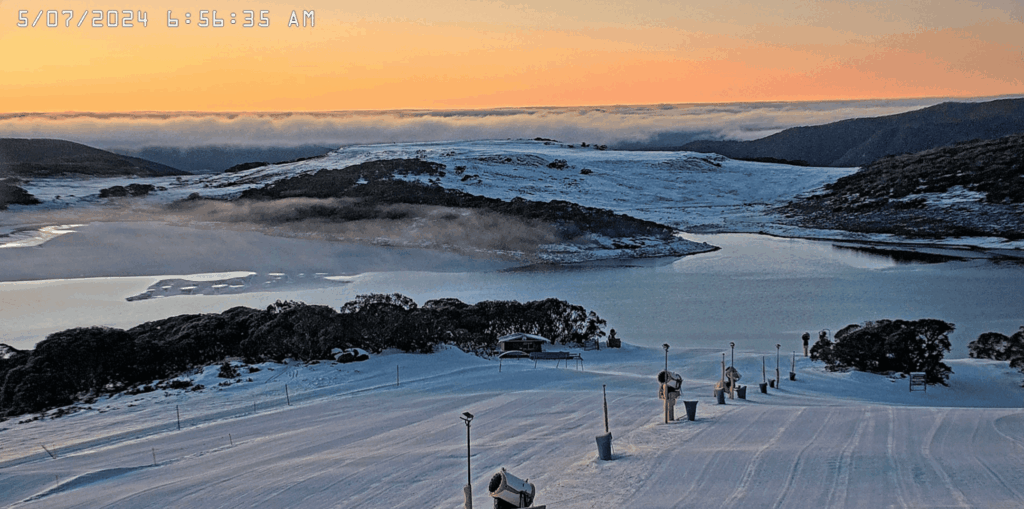
The Significance of Australian Snow
As winter blankets the Australian Alps, snow-covered peaks attract outdoor enthusiasts from across the country and beyond. Australian snow plays a crucial role in the economy and tourism industry, providing a habitat for winter sports and recreational activities. With climate change impacting snowfall patterns, understanding the current state and future of snow in Australia has become increasingly important for both the environment and the economy.
Current Snow Conditions
This year, the snowfall in popular regions such as Thredbo and Perisher has been promising. As of mid-July, Thredbo reported over 1.5 meters of snow in its resort area, while Perisher boasted about 1.2 meters of accumulated snow. These conditions are welcoming news for ski and snowboard enthusiasts eagerly awaiting their winter adventures. Notably, both resorts have invested heavily in snow-making technology to ensure stable skiing conditions, regardless of natural snow levels.
Winter Sports and Activities
Australian snow resorts offer a variety of activities, including skiing, snowboarding, snowshoeing, and even tobogganing. With tailored programs for beginners and families, resorts are increasingly focusing on making these sports accessible to a broader audience. Thredbo’s beginner area has gained acclaim for its kid-friendly slopes and ski schools, while Perisher offers flexible packages catered to all ages.
The Impact of Climate Change
Despite the current positive snow conditions, experts warn of the long-term implications of climate change on Australia’s snow season. Research from the Australian Climate Council indicates that snowfall in Australia could decline by up to 50% by 2050 if trends continue. Ski resorts are responding by exploring sustainable practices, innovating snow-making technologies, and implementing conservation efforts to protect local ecosystems.
Future of Snow Tourism
As snow tourism remains an essential aspect of Australia’s winter economy, stakeholders and environmental groups advocate for a balance between tourism growth and sustainability. Initiatives focused on eco-friendly practices, like reducing energy consumption and promoting local wildlife conservation, are becoming the norm across Australian resorts. By investing in renewable energy sources and educational programs, they aim to inspire visitors to appreciate and protect the unique snow environments.
Conclusion
In summary, Australian snow holds a significant place in the nation’s winter culture and economy. With favourable snow conditions this year, both newcomers and seasoned enthusiasts can enjoy what the snow-covered peaks have to offer. Nevertheless, the shifting climate poses challenges that demand urgent action. Stakeholders must continue to innovate for a sustainable future while maintaining the magic of the Australian snow experience.



